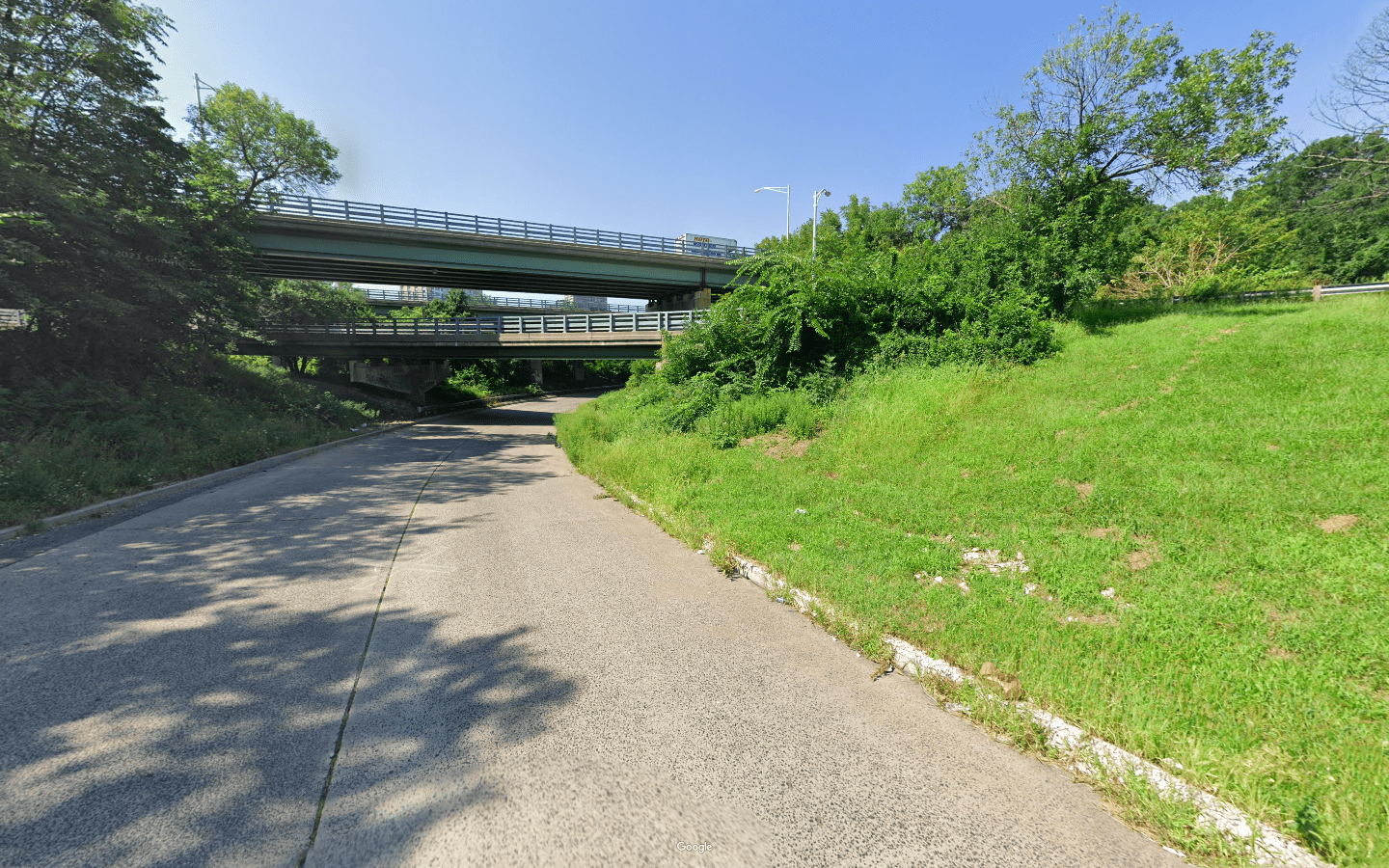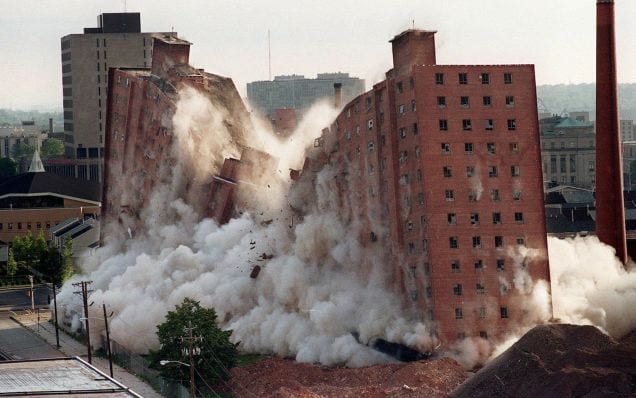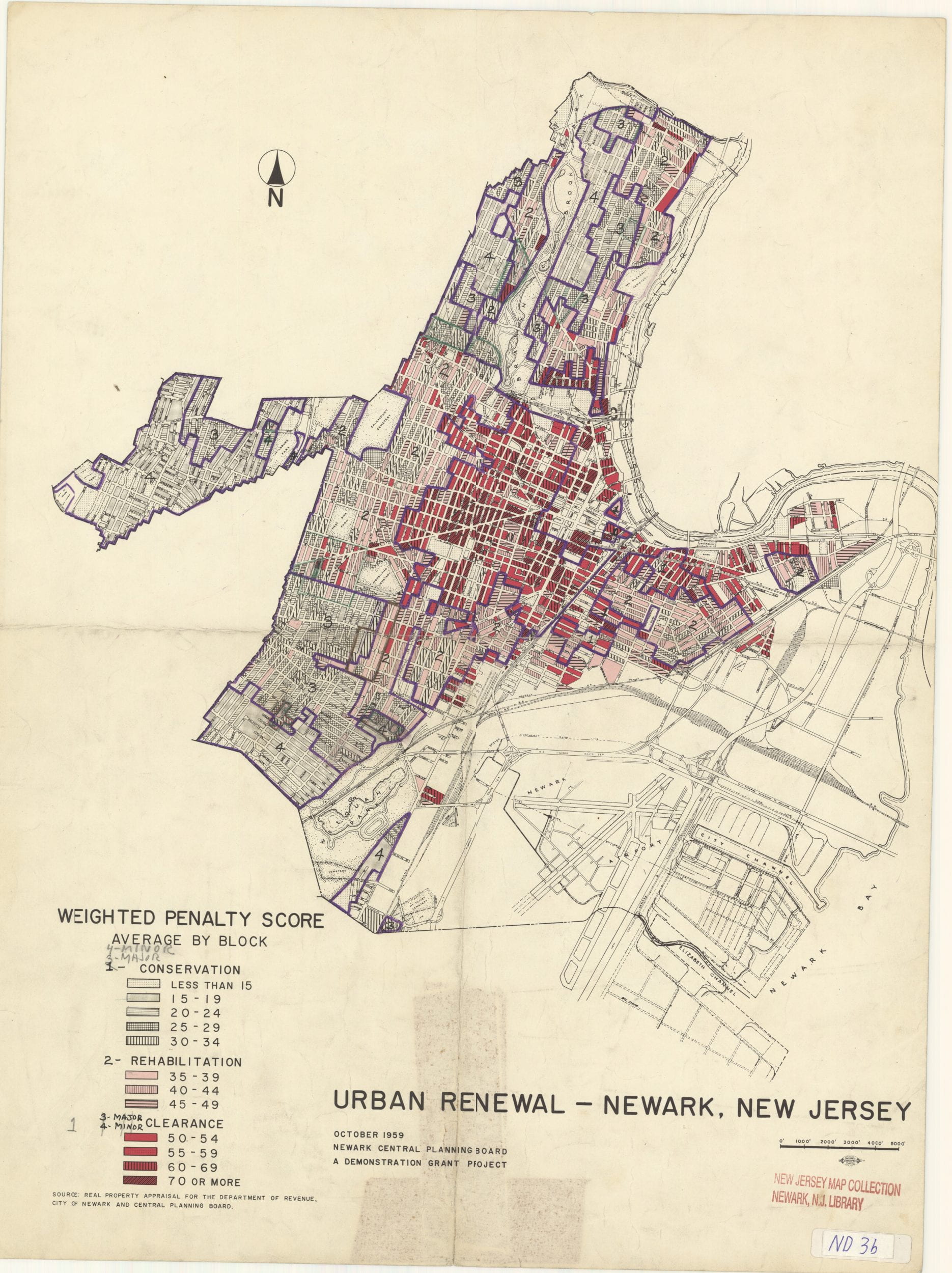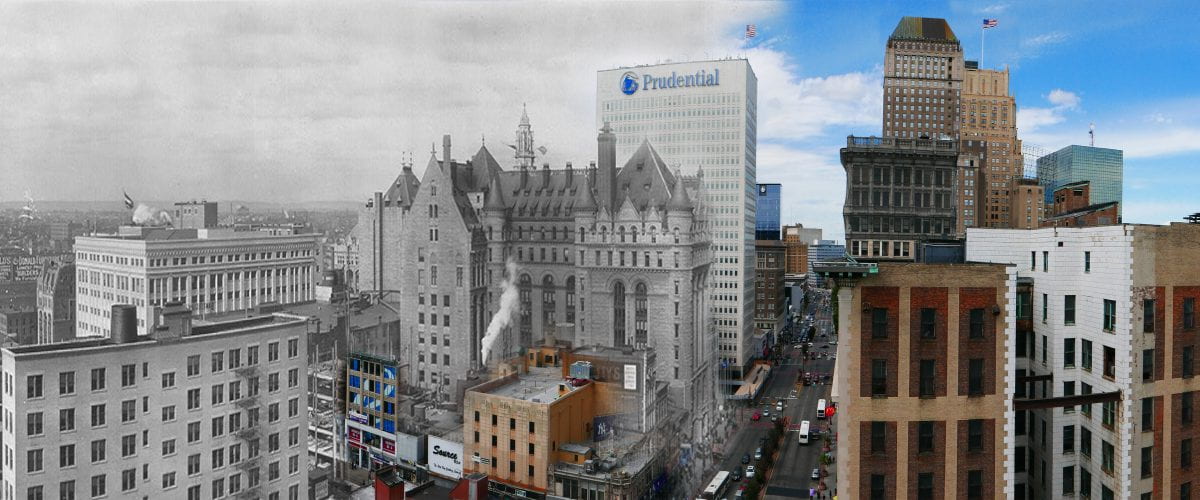The following statements accompanied my successful application in fall 2020 to the architecture PhD program at the University of Michigan’s Taubman College of Architecture and Urban Planning. I received a full scholarship for six years with a graduate student stipend. I share these statements online for future applicants to Michigan or architecture PhD programs in general. These statements are no “template” for others’ applications. Just because this format worked for me does not mean it will work for others.
. Some B’s mixed in there, not all A’s
– Columbia University transcript
– Oxford University transcript
– GRE scores
This was my CV at time of application. My current CV is linked to here.
I applied to an architecture program not having had an undergraduate or Master’s degree in architecture; many applicants have this. My undergraduate GPA in the “History and Theory of Architecture” major at Columbia was 3.9. The three people who wrote letters for me were Kenneth T. Jackson (history), Gergely Baics (history), and Stephen Murray (art history). As the country’s leading urban historian, Professor Jackson’s recommendation was important because my PhD research proposal described my interest in urban history. Professors Baics and Murray’s advice was equally important in demonstrating past research experiences. As a large and well-funded research university, Columbia equipped me with opportunities to work with faculty like them on independent research projects.
Applying to PhD programs is a crap shot. Hundreds of people apply to a handful of spots at a few elite programs. Those who are accepted are not categorically more qualified than those rejected. Perhaps there’s some extra feature in successful applications that sets them apart from unsuccessful ones. At least in my case, my design portfolio that demonstrated my artistic sensibility helped offset my lack of an undergraduate degree in architecture. The match in research interests between my research proposal and the work of Michigan faculty members like Robert Fishman and Joy Knoblauch was an added plus. However, I can just as much see myself having been rejected from Michigan with an identical application had I applied the previous year, had there been fewer places, or had there been different members of the admissions committee. This isn’t a criticism of Michigan either because all the top schools have more applicants than places and must therefore reject thousands of qualified people.
My advice to people considering a PhD is to be persistent about applying. I applied to fifteen graduate programs three years in a row before I was accepted anywhere. The application process is long, tedious, and hard to enjoy because applying feels like putting my heart and soul into courting a program just to be turned down with a generic rejection letter. I realize it is a privilege to have the time, money, and energy so much as to even apply. For a wealthy school with multi-billion dollar endowment to ask an applicant to fork over money for an application that will most likely be rejected feels like an extra jab. In my case, however, I cannot see myself doing much else other than teaching and researching in a university environment. So the time and energy investment made sense, despite 2020 being a uniquely difficult application year during the coronavirus when hundreds of programs were no longer accepting students. I am all the more grateful to be here.





















